The role of heel counters in running shoes
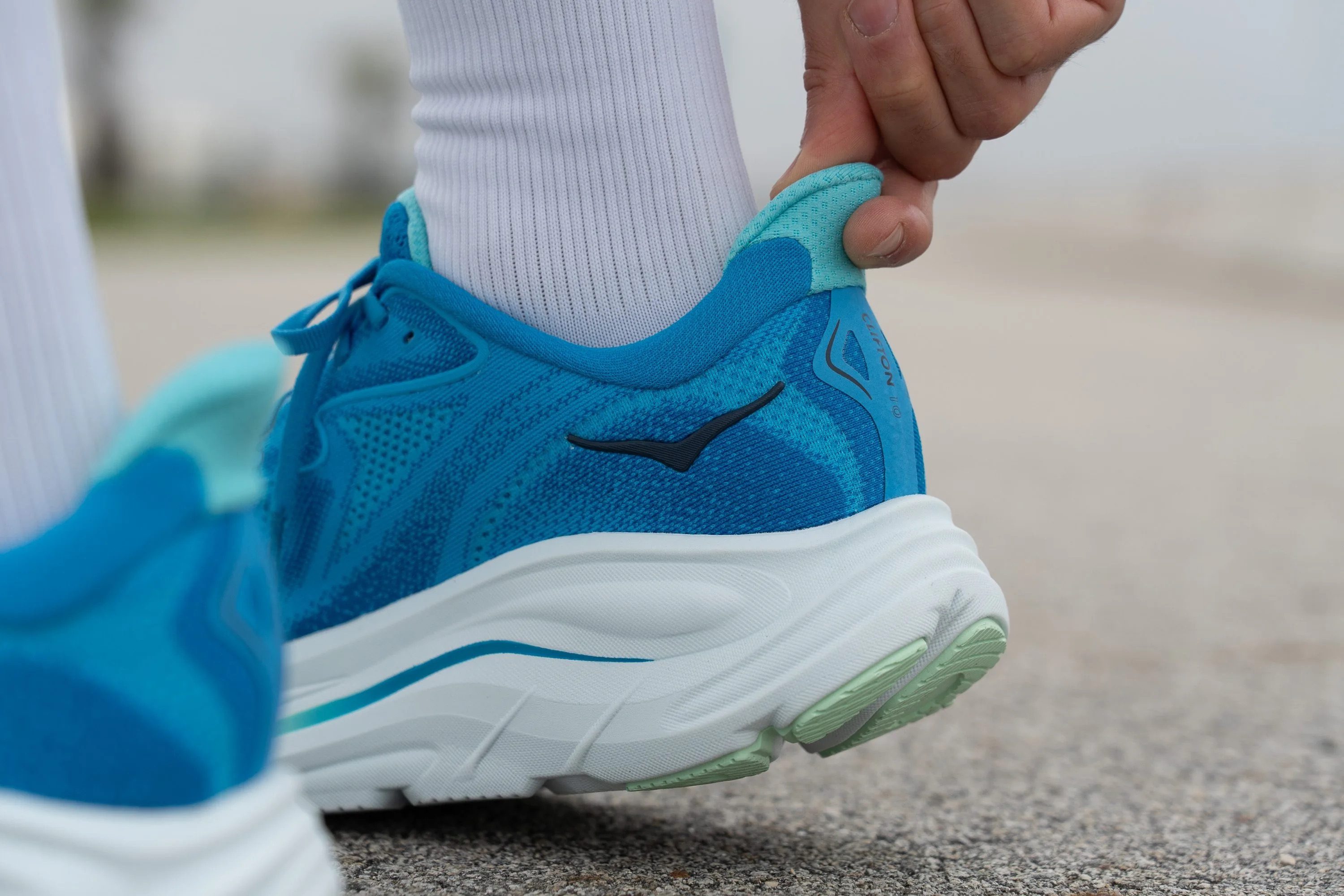
The heel counter in running shoes is a semi-rigid, U-shaped piece, that snugly wraps around the heel. It stretches over the shoe's upper heel portion and typically includes two sidewall parts that extend forward beneath the medial and lateral malleoli.
This component is crucial for stability because it locks down the rearfoot, and its design greatly improves the fit and comfort around the heel area, effectively preventing heel slippage even during uphill running. It also maintains the shoe's shape and ensures its durability over time.
Contrary to what many runners believe, heel counters aren't a recent innovation in running shoes. In fact, their importance has been recognized for quite some time. A notable study from 1983 focused into the heel counter's role in running shoes. Additionally, PUMA held a patent dating back to 1986, now expired, that foresaw the current trends in heel counter design, as illustrated in the picture below.
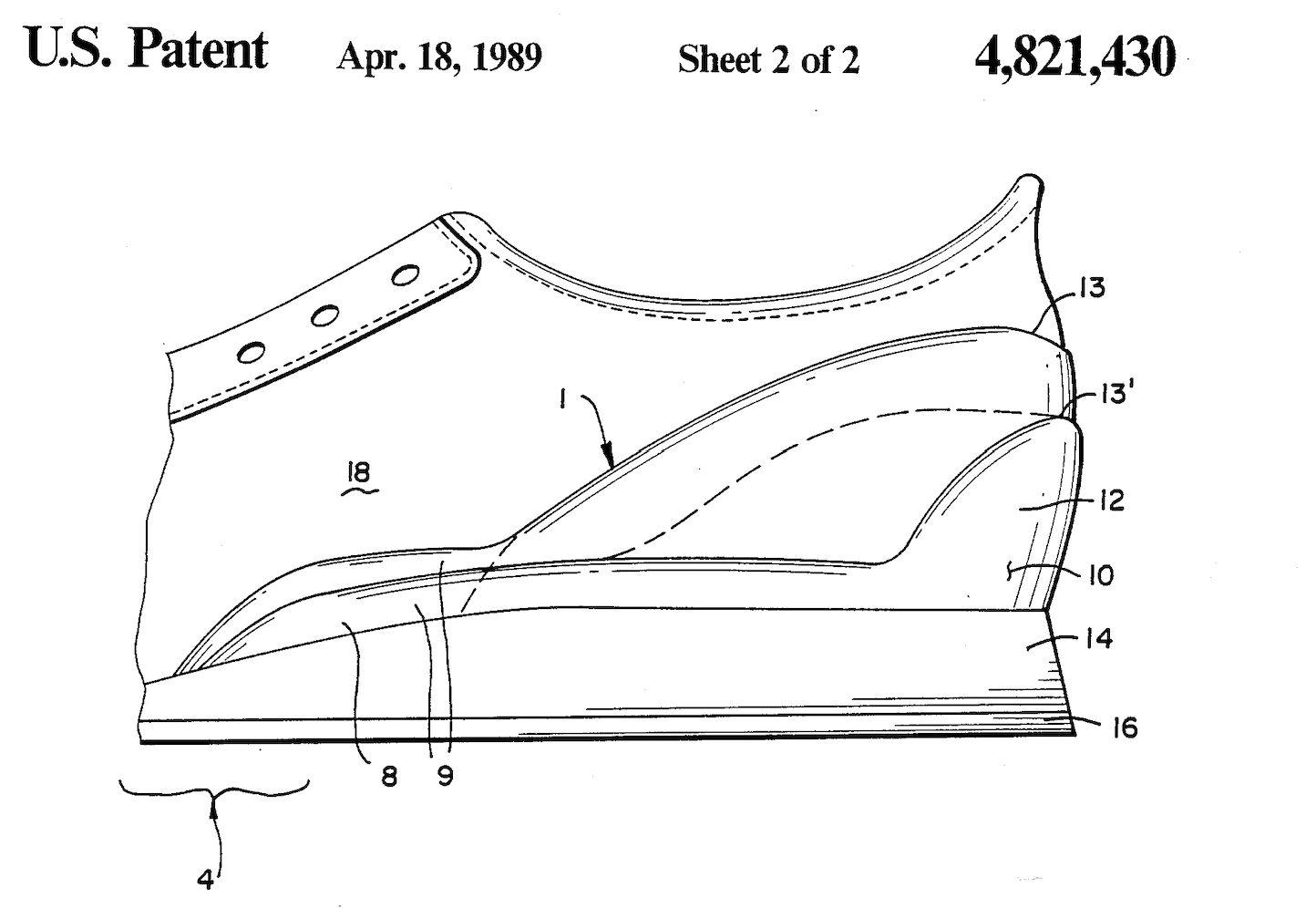
Different heel counter types in running shoes
Nowadays, running shoe design is incredibly diverse, with brands constantly striving to enhance and innovate their products. This has resulted in a wide variety of heel counters, which we can categorize into 3 main groups.
No heel counter
Let's start with the most noticeable group—shoes that don't have heel counters at all. These shoes are a bit unique and require careful consideration, especially for runners who have stability concerns.
It's easy to spot these shoes because their heels are very flexible. If you press on the heel area, it'll give way easily without much resistance. In the tests we conducted to check heel stiffness, these shoes consistently scored the lowest, a 1 out of 5. This means they are extremely flexible compared to other types.
A lot of the time, these no-heel-counter shoes are designed only for races. They're made to be lightweight and fast, but maybe not as stable. We're going to dive deeper into this category later in the guide, discussing why they're made this way and what kind of runners might benefit from them the most.
Average or soft heel counter
Running shoes with soft heel counters are the ones that scored 2 or 3 out of 5 in the heel stiffness test in our lab.
Brands aim to strike the right balance between comfort and heel lockdown with these shoes, and they often succeed for most runners. That's why many daily trainers and tempo shoes receive this score after our assessment.
If you're unsure about which heel counter to choose, it's a good bet to start with a shoe that features a soft/average heel counter.
Stiff heel counter
Some runners need a very stiff heel counter, which is why manufacturers include them in specific shoe models. In our lab-based heel stiffness test, a shoe needs to score 4 or 5 to be considered stiff.
These stiff heel counters are quite common in stability running shoes and are essential for those with overpronation. The video above showcases a great example of a stiff heel counter in a stability shoe—the Brooks Beast GTS 23.
Exploring varieties in heel counter design
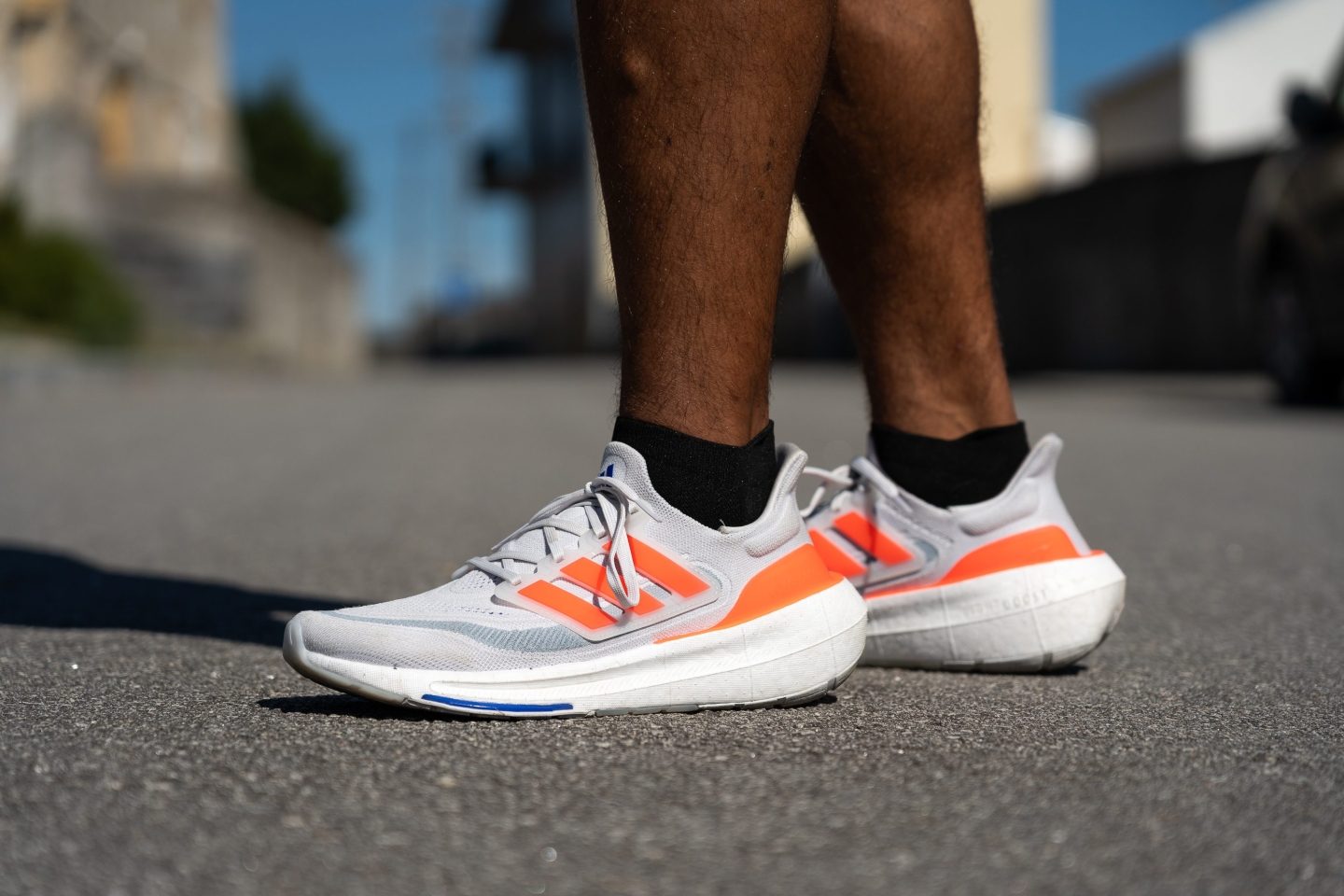
Having explored and showcased the various levels of heel counter stiffness, we now turn our attention to examining the differences in heel counter design and how these designs are integrated into the shoe.
Let's categorize heel counter designs into two main types: internal and external heel counters.
Internal heel counters
These heel counters are hidden from view, embedded within the shoe's heel and shielded by the upper. This design approach, increasingly popular in modern running shoes, permits the use of highly flexible, low-cost materials like cardboard.
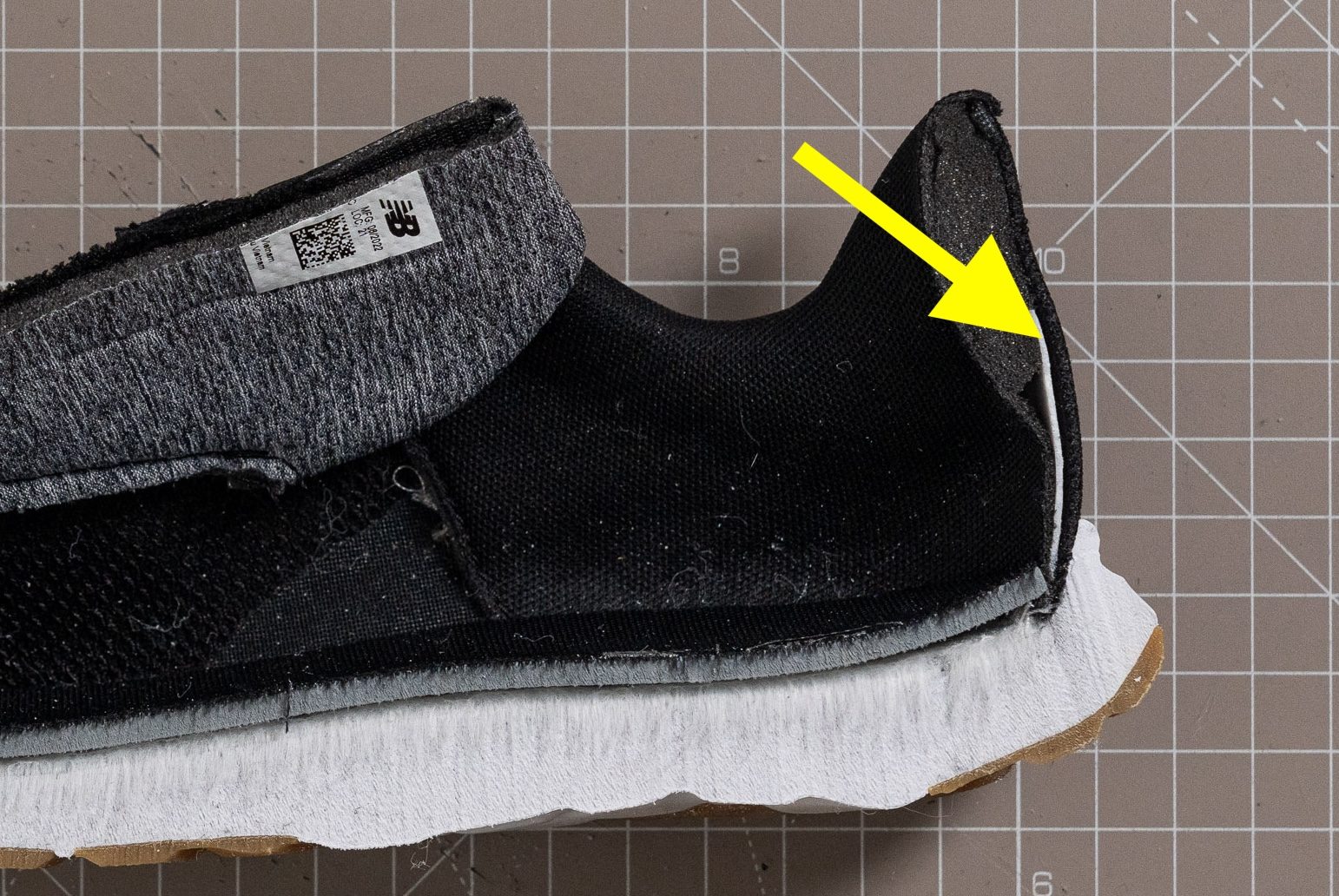
This type of heel counter typically requires a break-in period. Initially, the heel might feel somewhat stiff, but after your first few runs, it begins to mold to the shape of your feet and becomes more comfortable. Therefore, it's advisable to give new shoes with an internal heel counter at least some runs before deciding on their comfort.
Materials like cardboard and plastic derivatives, such as TPU, are commonly used for internal heel counters due to their lightweight, durable, and adaptable nature. Additionally, some shoes incorporate cotton-based heel counters as well.
External heel counters
External heel counters, typically crafted from Thermoplastic Polyurethane (TPU), are easily visible on the outside of the shoe, eliminating the need to cut the shoe open for demonstration. The On Cloudflyer 4 serves as a prime example of a shoe with an external heel counter.
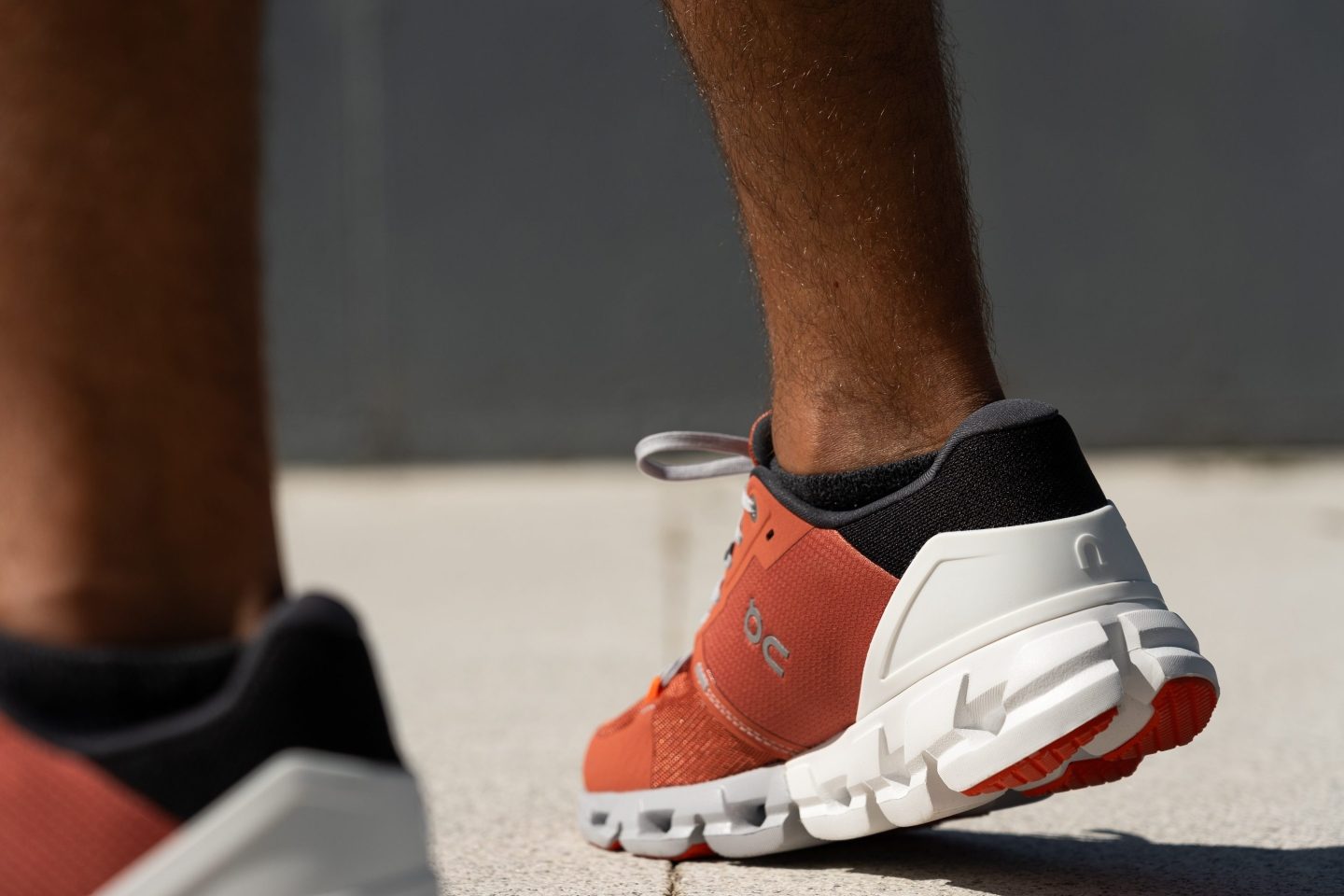
External heel counters are particularly beneficial for those with sensitive Achilles tendons. You can easily discern the height of these counters, which is crucial because a stiff material near the tendon is undesirable in such cases. Unlike internal heel counters, which are sometimes made of cardboard, external ones are usually crafted from TPU, making them generally stiffer.
Another point to consider about external heel counters is the variety in their designs. While internal heel counters usually have a U-shape around the heel, external ones feature a broad range of shapes. The image below, crafted from mugshots in our lab, vividly displays this diversity.
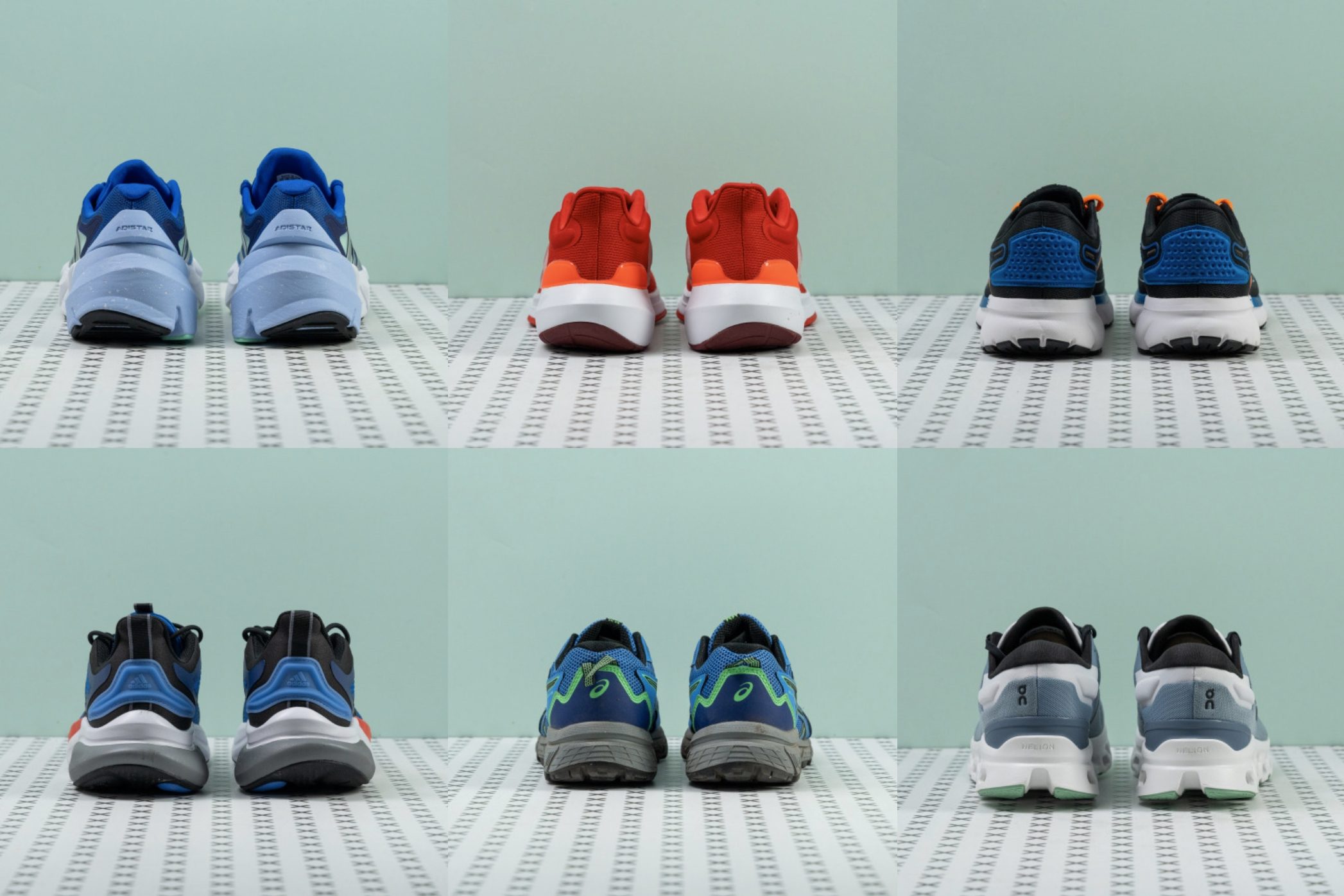
Why do most racing shoes not have heel counters?
Because weight plays a big part in how well a shoe performs, and to make shoes lighter, many brands decide to leave out the heel counter part. This is why even the priciest shoes often don't have fancy heel counter tech or special features. They're keeping it simple to keep the shoe light.
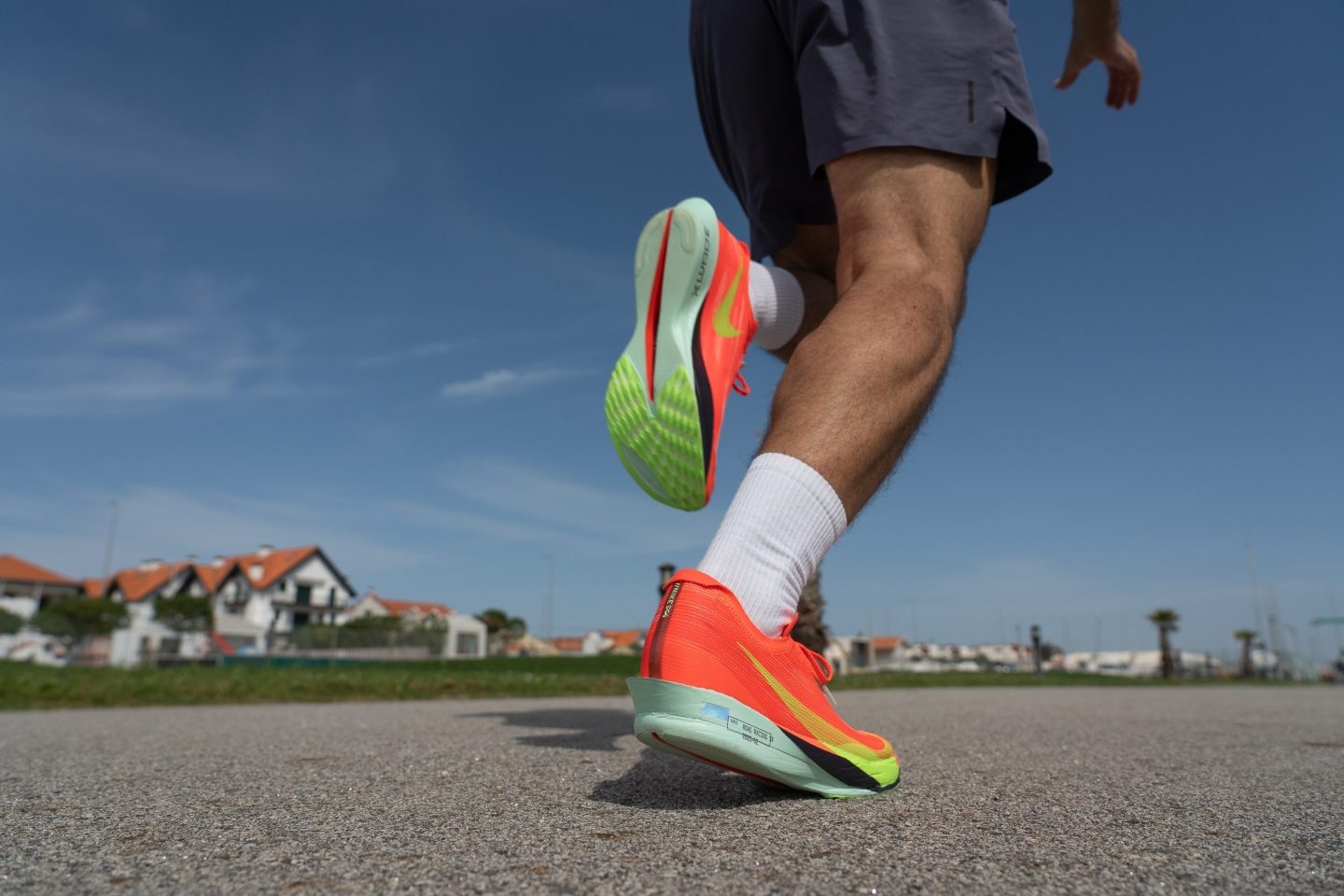
This decision is underscored by our findings that demonstrate a direct link between the weight of the shoe and race times. Consequently, it's a common practice among most brands to either exclude heel counters from racing shoes or to incorporate only a minimal, thin variant.
To help you understand this topic, we've utilized data from our laboratory. Analyzing over 200 lab-tested shoes, we've discovered that:
- Training shoes typically feature a more robust heel counter stiffness, averaging 2.99 out of 5.
- Racing shoes usually possess softer heel counters, or in some cases, none at all, averaging a mere 1.29 out of 5.
However, perhaps the most illustrative way to comprehend this distinction is through a visual representation. The scatterplot below clearly delineates racing shoes in red and training shoes in green. The difference, as you'll notice, is quite apparent.
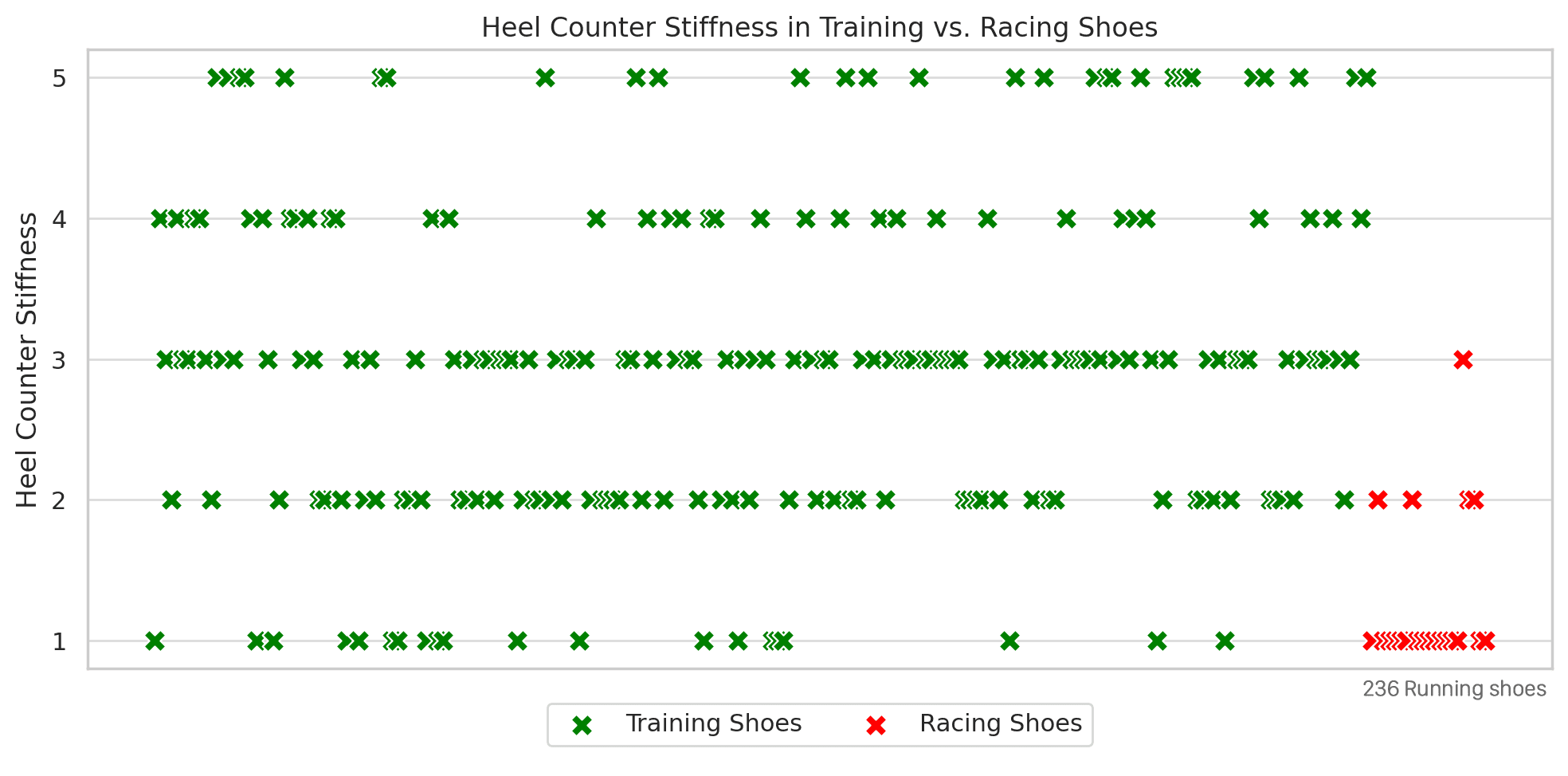
Sidewalls
You might be wondering how some racing shoes manage to feel stable without a heel counter. Well, like everything in running, there's a reason behind it.
The secret is in adding what's commonly known as sidewalls. A prime example is the ASICS Metaspeed Sky+. If you check out the medial side of the shoe, it appears higher than the heel, although there's certainly no negative drop in the shoe.
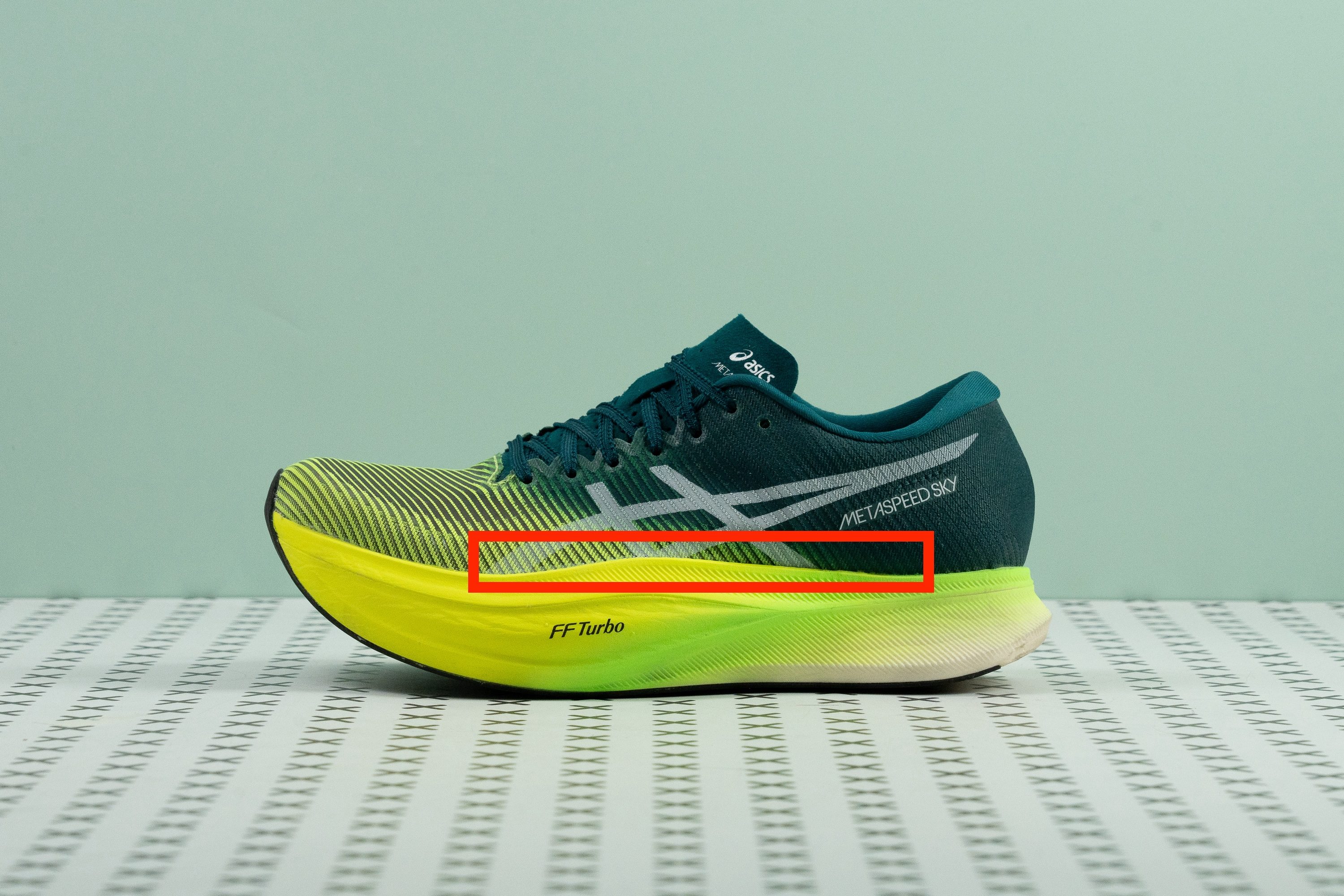
It's all down to those sidewalls. To stop lateral movement and steer the foot forward, ASICS and other brands make the outer layer taller. This creates an illusion of more foam in the forefoot than in the heel, which isn't actually true. But this technique surely helps in boosting stability!
How to fix an uncomfortable heel counter
In today's world, when we encounter a problem with a running shoe, the first thought is often to buy a new pair. Yet, many times, a simple solution can fix the issue, like changing socks, breaking in the shoes with a few days of walking, or using a different lacing technique, as in this case.
Often, problems in the heel area occur when the foot shifts inside the shoe, repeatedly bumping into the heel counter with each step. The solution is quite simple and known in running jargon as the "runner's knot", or "heel slipping lacing technique."
By implementing this lacing method, you should notice a reduction in the uncomfortable movement inside your shoe, and the heel counter should cease to cause discomfort. If this doesn't resolve the issue, then it might be time to consider a new pair of running shoes.
Heel counters and running injuries
It may sound odd, but there's a notable link between heel counters and running injuries.
In our upcoming table, we'll dive into how various injuries connect to the heel counter. For each injury, we'll recommend two types of shoes: one for everyday training and another for tempo training and racing.
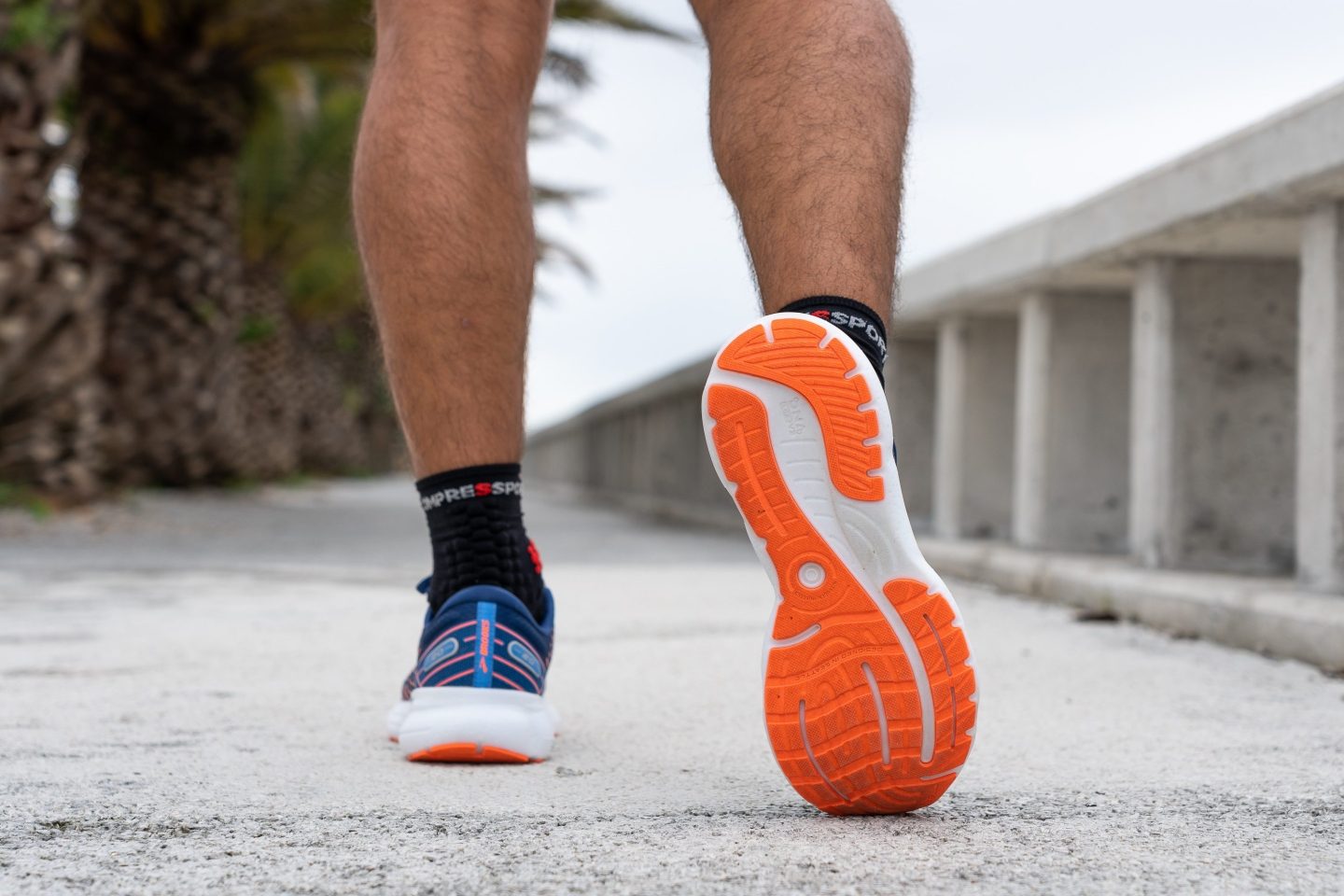
These suggestions aren't for runners who are currently injured and can't run; those individuals should seek medical attention right away. Our advice is tailored for runners who often encounter these injuries or have healed and want to prevent future ones.
| Injury | Description | Heel counter recommendations | Suggested footwear |
| Achilles Tendonitis | Achilles tendonitis is an overuse injury that leads to pain, inflammation, and swelling in the Achilles tendon, often aggravated by using some running shoes. | Consider using a soft heel counter to prevent irritation of the tendon. Pair it with a running shoe that has a high heel-to-toe drop, which can help reduce tension in the posterior chain. | |
| Haglund's deformity | A bony formed at the back of the heel bone, which can cause pain and irritation. This usually happens when running shoes rub against it, which aggravates the soft tissues near the Achilles tendon. | Try a running shoe with a flexible heel counter or with an external heel counter combined with thick, cushioned padding in that area. You can also try gel heel cups if needed. | |
| Plantar fasciitis | Although it might not be immediately obvious, a soft heel counter can allow excessive movement of the fascia, leading to irritation and pain. | For those with plantar fasciitis, a stiff heel counter is ideal as it restricts the movement of the fascia. It's also beneficial to avoid flexible shoes. | |
| Blisters and bruises |
Weekly or even daily blisters and bruises on the skin near the Achilles tendon can cause significant discomfort and may even make running impossible. |
Prioritize finding a heel counter that is thick, flexible, and well-padded above all else. It's best to steer clear of heel counters that are stiffer than average. Use cushioned, padded socks when possible. | |
| Chronic heel pain | Some runners experience recurrent pain in the heel for months and even years. | To ease and potentially lessen this problem, opting for shoes with soft midsoles and thick, cushioned insoles can help. If the shoe you like doesn't have a padded insole, think about swapping it out with an aftermarket sockliner. |
Keep in mind that it's quite challenging to find a racing shoe with a padded heel counter, as most speed-oriented shoes skimp on padding in that region. As a workaround, you can consider protecting your heel area with tape or a bandage to compensate for the lack of padding.
Heel counter insights

Following our extensive lab testing and analysis of thousands of data points from +200 running shoes, we're equipped to provide unique insights into running shoes and their heel counters.
Relationship between the heel counter stiffness and running shoe prices
Our analysis revealed a correlation coefficient of -0.22, indicating a minor negative correlation between the shoe price and heel counter stiffness. In simpler terms, there is a slight tendency for prices to decrease as heel counter stiffness increases. However, this trend is weak and not indicative of a strong or decisive relationship.
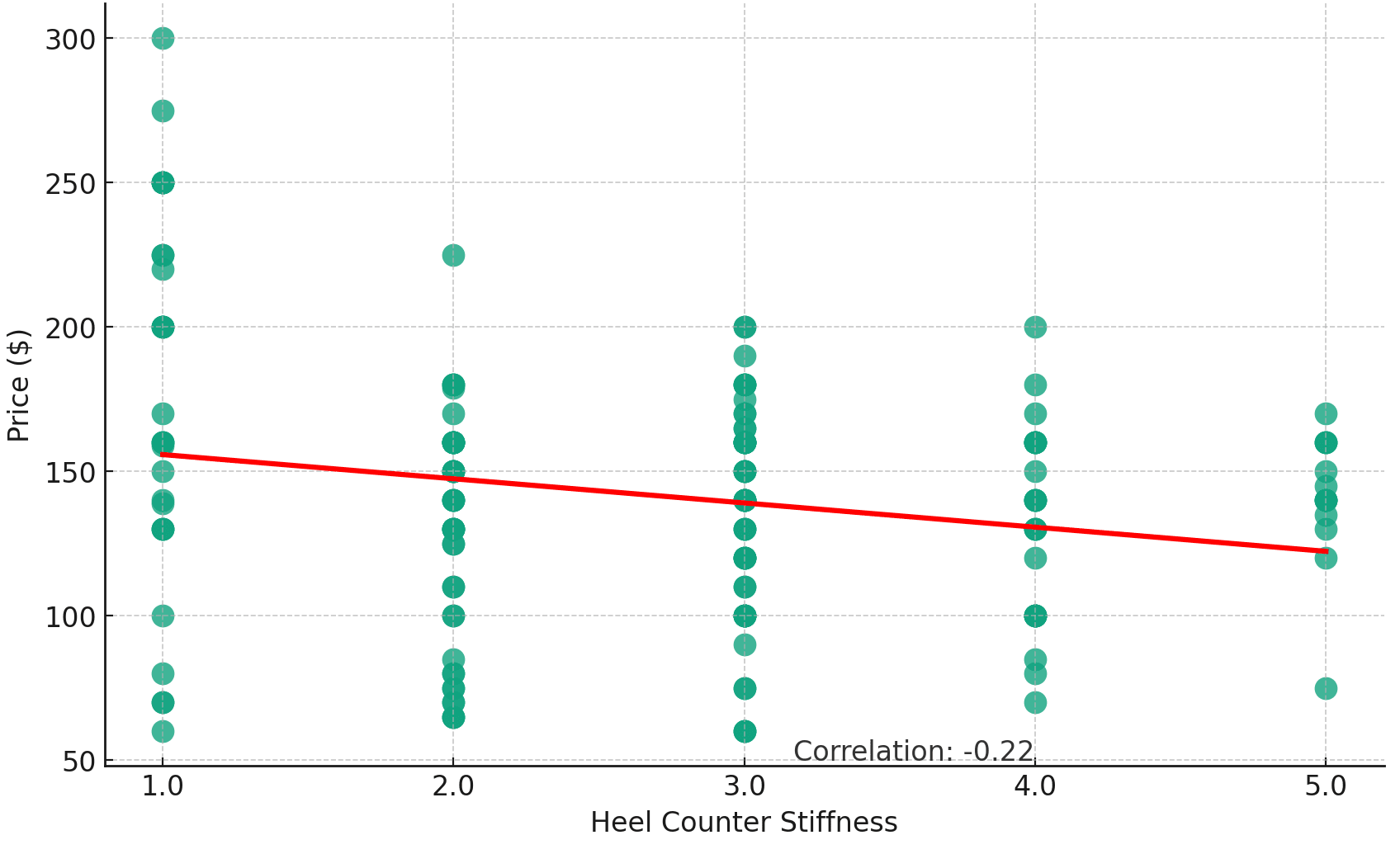
Given these findings, we can assert with a degree of confidence that heel counter stiffness does not significantly influence the pricing of running shoes. This pattern of negligible impact on price holds consistently across various stiffness ratings, from 1 to 5, suggesting that other factors are at play in determining the cost.
The notable exception within our data set lies with racing shoes, which frequently either lack a heel counter or feature one that is highly flexible. This exception highlights that factors likely related to specialized design for pure performance have a more significant influence on the price than the stiffness of the heel counter itself.
Relationship between the weight of running shoes and its heel counter

Heavier running shoes are usually those crafted for stability, offering substantial support through robust materials that add to their weight. Stiffer heel counters are a common feature in these shoes, designed to prevent excessive foot movement, particularly beneficial for overpronators.
Motion control shoes stand out as the heaviest due to their dense, supportive construction, including a firm heel counter for maximum stability.
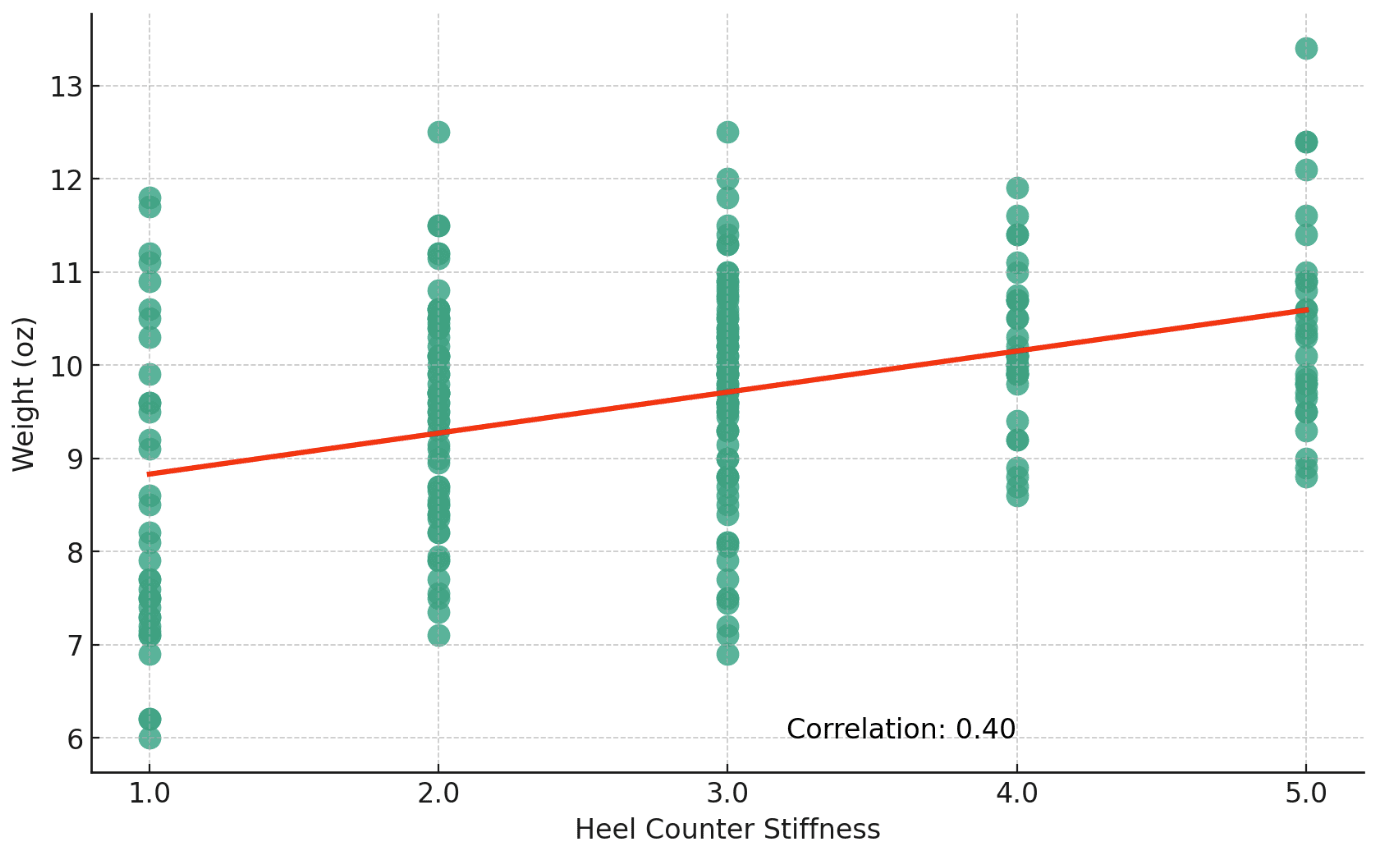
The positive correlation (0.40) between heel counter stiffness and shoe weight confirms that increased heel stiffness comes with added weight, a deliberate design choice to enhance a stable and supportive ride.
Heel counters in trail running shoes
Trail running, with its challenging terrain, underscores the importance of stability. Aside from flat, straightforward paths, most trails demand a shoe that can guide the foot forward and prevent lateral collapse—a function where the heel counter plays a pivotal role.
Turning to the empirical data from our lab, here's what we found about heel counter stiffness on average:
- Road running shoes: 2.44
- Trail running shoes: 2.98
Interestingly, the average stiffness for trail running shoes is slightly below 3, a finding that initially surprised us. This can be partly attributed to a trend where brands are designing faster, more race-oriented trail shoes with flexible heel counters, like the Hoka Zinal 2.
However, it's important to exercise caution with trail running shoes that have softer-than-average heel counters, especially if you don’t have exceptional technique and stability.
Navigating sharp turns without a stiff heel counter requires strong ankles to compensate for the shoe's reduced support, making it a risky choice for some runners.
The double heel counter
As we said just before, trail running shoes tailored for technical terrains often come equipped with stiff heel counters. Some of these brands go a step further, incorporating the uncommon feature of dual heel counters, positioned both internally and externally for superior support and stability.
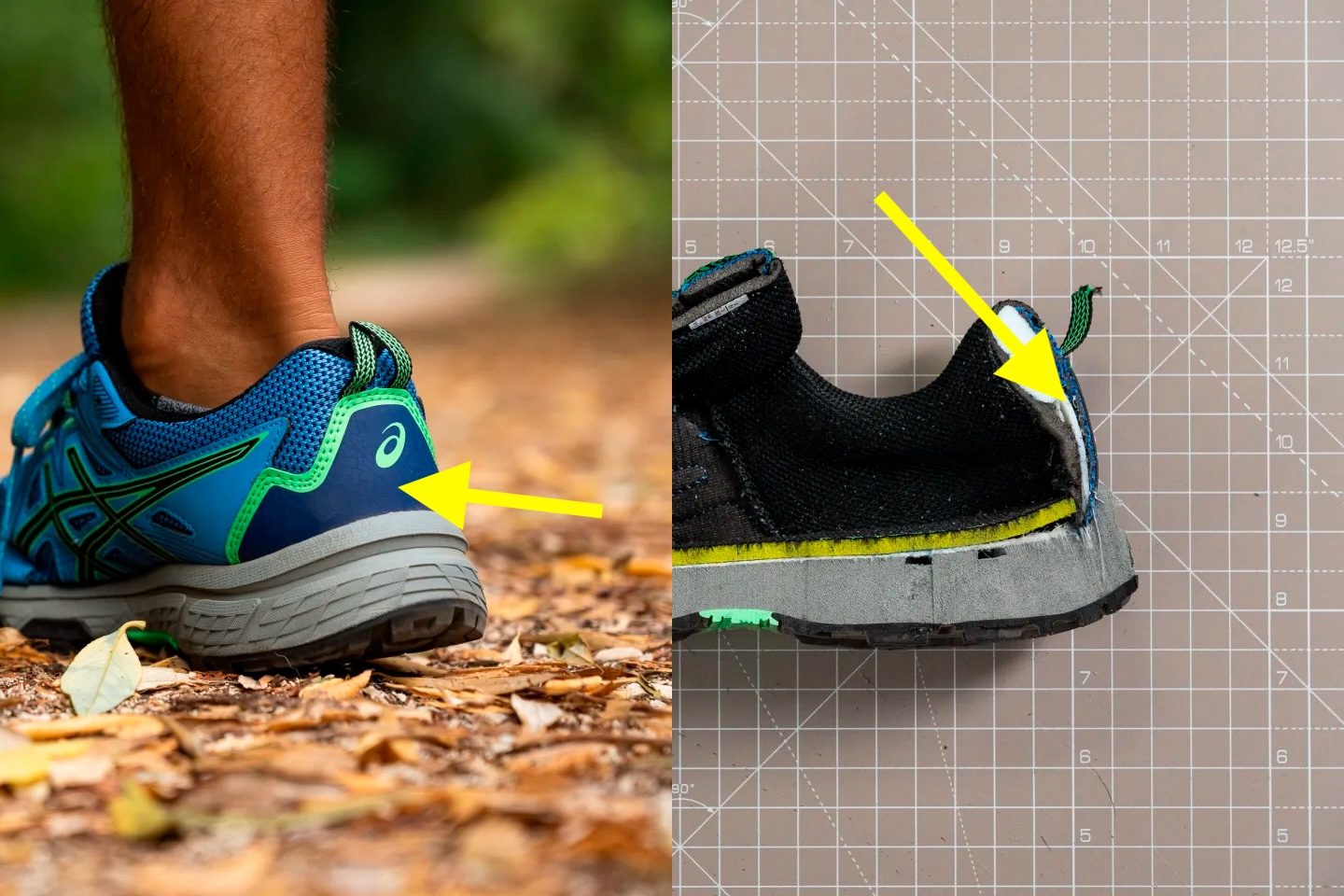
The ASICS Gel Venture 8 serves as a prime illustration of this design philosophy. This shoe integrates an internal cardboard heel counter for reinforced structure within the heel. Additionally, it features an external heel counter, ingeniously crafted in the shape of a mountain.
Conclusion
The heel counter, a critical component in running shoes, plays a vital role, yet there's no gold standard. While it might not be as easy to understand as midsole softness or shoe weight, this guide empowers you to select the most suitable heel counter for each running scenario.
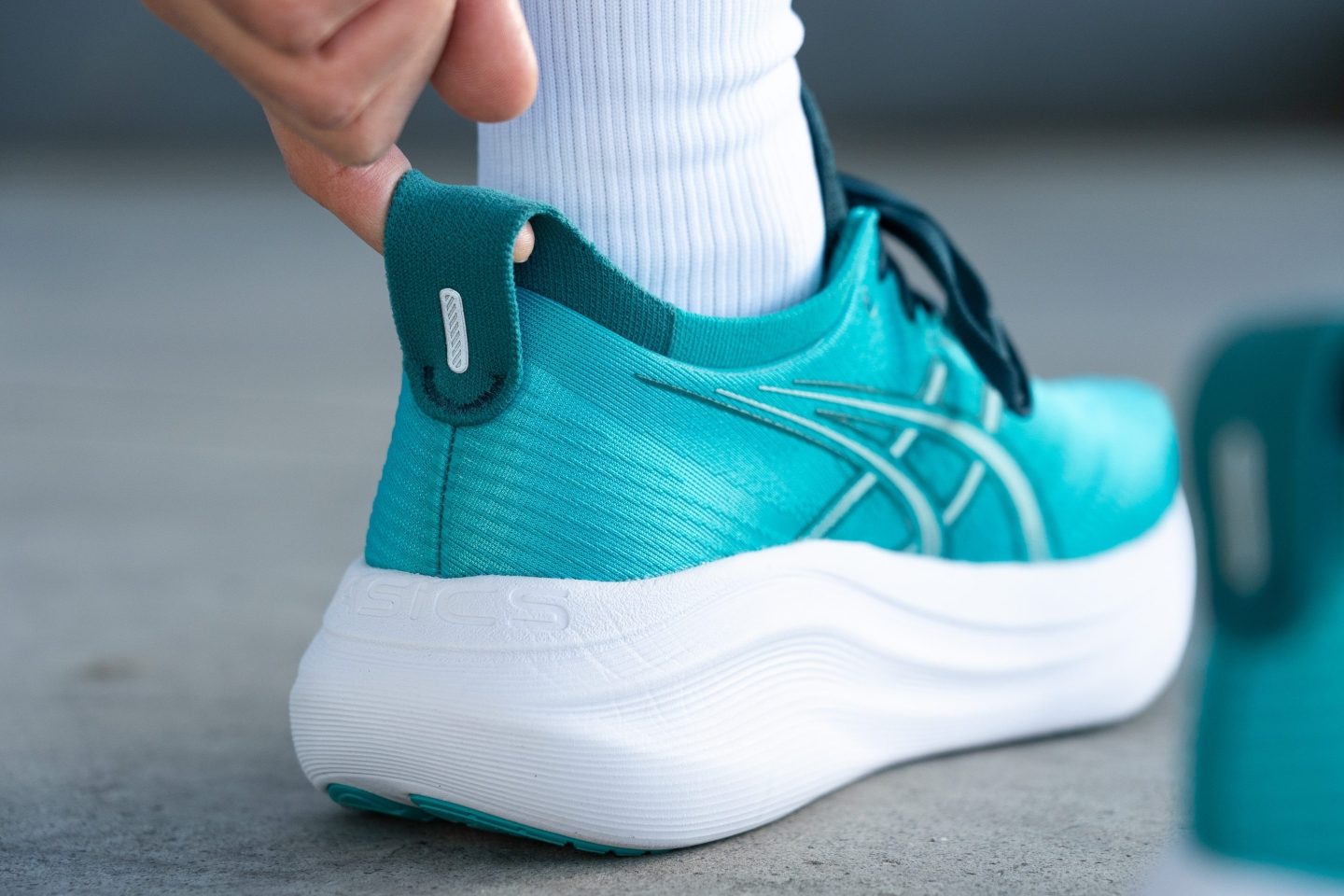
If your goal is to achieve maximum stability, a stiff heel counter is your go-to choice. Conversely, those looking to set new personal bests might benefit more from a softer heel counter, or even opting for designs that minimize or eliminate it altogether. For a versatile, all-around option, consider a heel counter with a moderate stiffness level, ranking around 3 on our 5-point scale.
At RunRepeat, we conduct advanced, unbiased lab tests on shoes, purchasing them independently to ensure objective evaluations and rejecting shoes from brands. Our commitment to providing factual data is the foundation that allows you to make informed decisions about shoes, and that applies when it comes to choosing the right heel counter.
